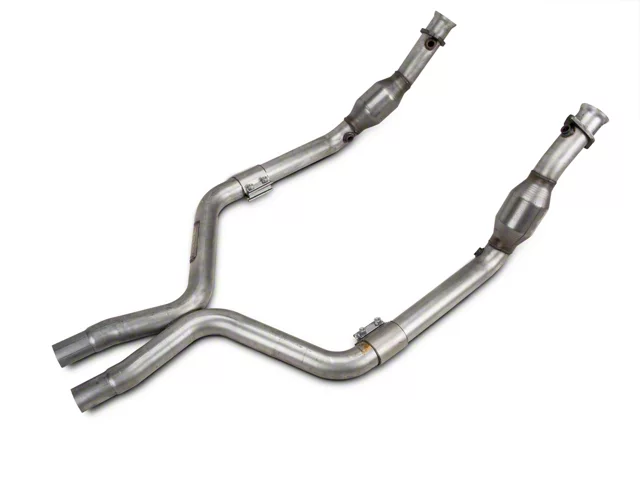Installation Time
(approx) 2 Hours
Difficulty Level:
Light to Moderate mechanical skill required.


$619.99
FREE Shipping Market Price $712.99 You Save 13% ($93.00) Up to 10% off for Military & First Responders! See DetailsAdd Installation From:

Saved - View your saved items
We're sorry. We couldn't save this product at this time.
Features, Description, Reviews, Q&A, Specs & Installation
Fitment:
DetailsBBK 1814
CA Residents: 
Installation Info
Installation Time
(approx) 2 Hours
Difficulty Level:
Light to Moderate mechanical skill required.
What's in the Box
Tech Guides:
10 More Questions